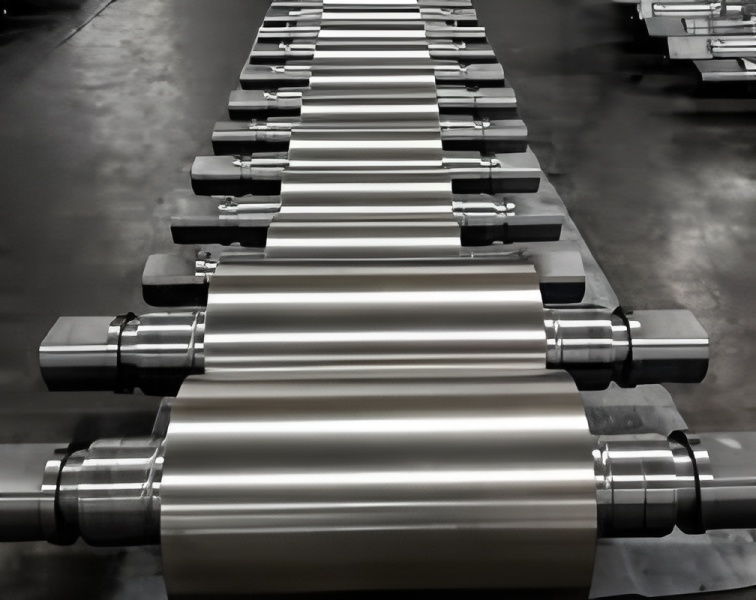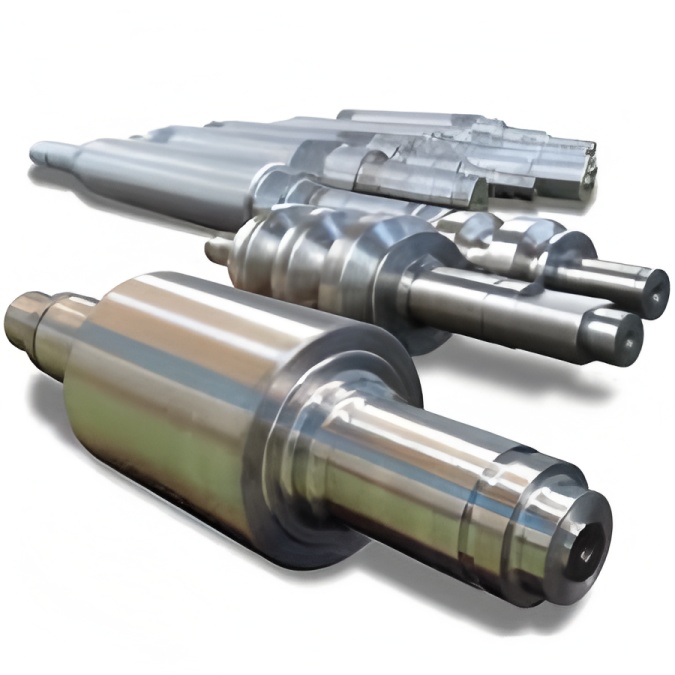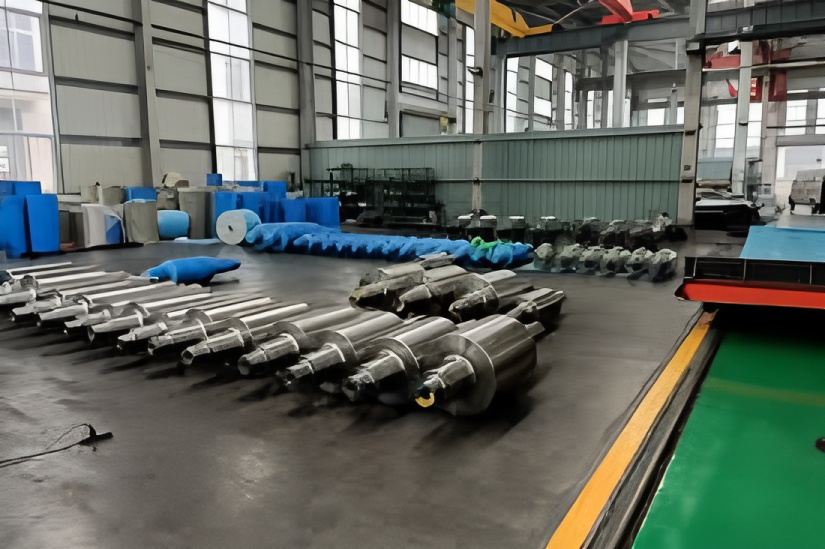Key Factors Influencing the Rolling Process
Four primary factors affect the rolling operation:
1. Workpiece Bite
Bite Conditions
Successful rolling requires the workpiece to first engage with the rolls before metal can fill the roll gap. Practical experience shows that bite and rolling establishment are not always achievable, making it essential to understand the conditions for roll-workpiece engagement.
During bite initiation, each roll exerts two forces on the workpiece: a normal force (radial force) N perpendicular to the roll-metal contact surface, and a tangential friction force T. The vertical components of N and T combine to compress and deform the metal, while their horizontal components act in opposite directions. Analysis shows:
(1) If Nₓ > Tₓ, bite is impossible
(2) If Nₓ = Tₓ, equilibrium exists but natural bite cannot occur
(3) If Nₓ < Tₓ, successful bite is achieved
After initial bite, the contact area between workpiece and rolls gradually increases, shifting the resultant pressure point inward and altering the relationship between maximum bite angle and friction angle.
Factors Affecting Bite:
Roll Diameter & Reduction: With constant thickness, larger roll diameters reduce bite angles, facilitating engagement
Workpiece Shape: Tapered or boat-shaped ends promote better bite than blunt ends. Wedge, round, or oval end shapes are commonly used to improve engagement
Roll Surface Condition: Rough surfaces (e.g., worn rolls) increase friction coefficients, aiding bite. Smooth surfaces (e.g., polished cold rolls) hinder engagement
Rolling Speed: Higher speeds reduce friction coefficients and create inertial resistance, complicating bite. Many mills use variable speeds—lower during bite initiation, increasing afterward to maintain productivity
2. Forward Slip
Forward slip occurs when exit strip speed exceeds roll circumferential speed. Expressed as:
S = (V₁ – V)/V × 100%
Where S = forward slip value, V = roll speed, V₁ = strip exit speed.
In cold rolling, forward slip typically ranges 0-6% depending on reduction, tension, and friction conditions.
Measurement:
The notch method is commonly used: marking distance L on rolls measures as L₁ on strip after rolling, giving S = (L₁ – L)/L × 100%. This method is simple but only measures surface slip.
Influencing Factors:
Forward slip increases with: greater reduction, larger roll diameter, higher friction coefficient, and increased front tension. It decreases with: higher back tension and rolling speed. Strip width affects forward slip only up to a certain limit.
3. Spread
Spread refers to width changes during rolling (lateral deformation). Expressed as:
Absolute spread: width difference before/after rolling
Relative spread: width difference divided by initial width
4. Friction
Practical Significance:
In cold sheet rolling, lower friction coefficients are generally preferred since rolling process limitations typically relate to maximum pressure capacity rather than bite angle. Friction coefficient significantly affects pressure distribution and magnitude. Increased friction raises deformation resistance and energy consumption. Accurate friction coefficient determination is essential for precise rolling force calculations.
Friction Under Different Conditions:
Friction coefficients depend on multiple factors: roll surface condition, lubrication, rolling pressure, and temperature. Different measurement methods under identical conditions often yield conflicting results, so specific rolling conditions must be considered when selecting appropriate friction coefficients.



